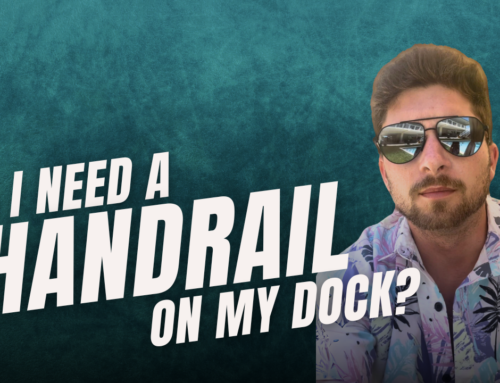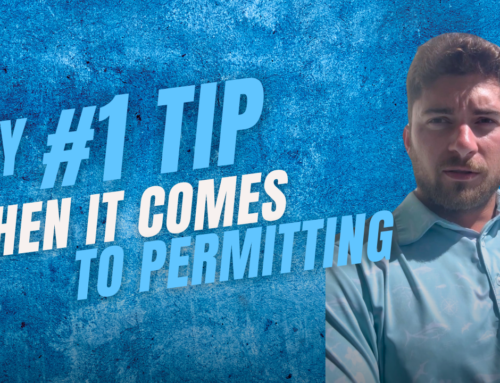Boat Lift Sizing: How to Choose the Right Lift for Your Boat Based on Weight
Selecting the right boat lift size is crucial for maintaining your boat and ensuring its longevity. We design hundreds of boat lift plans each year, and a common question we encounter is, “What size lift should I get for my boat?” Here’s a comprehensive guide to help you make an informed decision.
Understand Your Boat’s Weight
The first and most important factor is knowing the full weight of your boat. This includes:
- The boat itself
- Engines
- Fuel
- Freshwater and raw water
- Ice, beer, fishing tackle, gear, poles, spear guns, etc.
For example, a fully loaded 36-foot Yellowfin can weigh around 17,000 pounds. When choosing a lift, you should not select one that matches your boat’s weight exactly. Instead, opt for a lift with a higher capacity to ensure longevity and reduce maintenance costs. In this case, a 20,000-pound lift would be more appropriate.
Factor of Safety
Always choose a lift with a capacity higher than the actual weight of your boat. This practice ensures that the lift’s motors and cables are not constantly operating at their maximum capacity, which can lead to increased wear and tear and higher maintenance costs.
For instance:
- For a 17,000-pound boat, select a 20,000-pound lift.
- For a 26,000-pound boat, opt for a 30,000-pound lift.
Cost Considerations
When selecting a boat lift, consult with manufacturers. Often, there might be little to no price difference between slightly different lift capacities.
For example:
- A 12,000-pound and a 15,000-pound lift might use the same motors, with differences only in cable size or I-beam thickness. The installation cost remains the same, and you might only pay slightly more for raw materials to get a bigger lift.
Significant Cost Jump at 20,000 Pounds
The most notable increase in cost occurs when you exceed a 20,000-pound lift capacity. At this point, you move from two vertical I-beams and motors to four I-beams and motors. This change significantly increases both material and installation costs.
However, some manufacturers offer a 25,000-pound lift with only two I-beams, though this is rare. Staying at or under 20,000 pounds is generally the most cost-effective option unless your boat’s weight necessitates a larger lift.
Permitting and Installation
Permitting requirements typically do not change based on lift size. The main differences lie in material and installation costs.
Final Thoughts
When sizing your boat lift, always start by determining the full weight of your boat. From there, consult with manufacturers to understand your options and any potential cost differences. Opt for a lift with a higher capacity than your boat’s weight to ensure durability and reduce maintenance. Staying under 20,000 pounds will generally offer the best value, but larger boats will necessitate larger lifts.
For more information on our services CLICK HERE!





